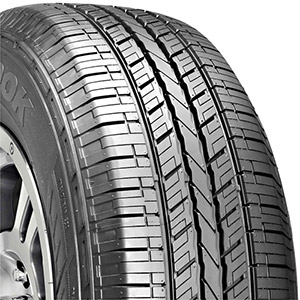Effective Weather Stripping Solutions for Improved Home Insulation and Energy Efficiency
Understanding Weather Stripping Felt A Comprehensive Guide
Weather stripping is an essential component in maintaining the energy efficiency and comfort of your home. Among the various types of weather stripping materials available, felt is one of the most commonly used options. This article explores what weather stripping felt is, its advantages and disadvantages, and how to install it effectively.
What is Weather Stripping Felt?
Weather stripping felt is a type of material used to seal gaps around doors, windows, and other openings in a building. Typically made from natural or synthetic fibers, felt is recognized for its dense and fibrous structure, which provides an excellent barrier against air and moisture infiltration. The felt can be coated with adhesive, making installation straightforward and effective in preventing drafts.
Advantages of Weather Stripping Felt
1. Cost-Effective Felt weather stripping is generally more affordable compared to other weather stripping materials such as rubber or foam. This makes it an attractive choice for homeowners looking to save money while still addressing energy efficiency issues.
2. Ease of Installation The adhesive backing on felt weather stripping allows for quick and easy installation. Homeowners can often complete the task without professional assistance, saving additional labor costs.
3. Flexibility Felt can be easily cut to fit various lengths and shapes, making it versatile for different applications around the home, such as doors, windows, and even garage doors.
4. Noise Reduction In addition to providing thermal insulation, felt weather stripping can also help reduce noise infiltration from the outside, creating a quieter and more peaceful home environment.
Disadvantages of Weather Stripping Felt
While there are many benefits to using felt, it also has some drawbacks
1. Durability One of the main downsides of felt is its durability. It may wear out or compress over time, especially in high-traffic areas or extreme weather conditions. This can necessitate more frequent replacements compared to more durable materials like metal or rubber.
weather stripping felt

2. Limited Moisture Resistance Felt is not as resistant to moisture as other weather stripping materials, making it less suitable for areas that experience high humidity or direct exposure to water.
3. Aesthetic Concerns Felt may not be as visually appealing as other options. Its bulky appearance and texture can detract from the overall appearance of doors and windows.
How to Install Weather Stripping Felt
Installing weather stripping felt is a straightforward process that most homeowners can accomplish with minimal tools. Here is a step-by-step guide
1. Measure the Gaps Identify the areas where air leaks occur, such as around doors or windows. Use a measuring tape to gauge the length of the gaps that need to be covered.
2. Cut the Felt Purchase weather stripping felt in rolls or strips. Using scissors, cut the felt to the measured lengths, ensuring that you have enough material to cover each gap completely.
3. Clean the Surface Before installation, clean the surfaces where the felt will be applied. Ensure they are free from dust, dirt, and grease to promote better adhesion.
4. Apply the Adhesive Side Remove the backing from the adhesive side of the felt and carefully press it into place along the edge of the door or window frame. Start at one end and work your way to the other, ensuring a tight seal.
5. Test the Seal Once installed, check the seal by closing the door or window and assessing for any gaps or drafts. If necessary, adjust the felt by trimming or repositioning it.
6. Regular Maintenance Periodically check the condition of the felt weather stripping, especially after extreme weather or seasonal changes. Replace any damaged or compressed sections to maintain optimal energy efficiency.
Conclusion
Weather stripping felt is a practical and economical option for homeowners looking to enhance their home’s comfort and energy efficiency. While it has its limitations, its ease of installation and cost-effectiveness make it a popular choice. By understanding the advantages and disadvantages and following proper installation techniques, you can effectively utilize felt weather stripping in your home to create a more comfortable living environment.
-
Under Door Draught Stopper: Essential ProtectionNewsJul.31,2025
-
Garage Door Seal and Weatherstrips for ProtectionNewsJul.31,2025
-
Edge Banding Tape for Perfect EdgesNewsJul.31,2025
-
Table Corner Guards and Wall Corner ProtectorsNewsJul.31,2025
-
Stair Nose Edging Trim and Tile Stair SolutionsNewsJul.31,2025
-
Truck Bed Rubber Mats for Pickup BedsNewsJul.31,2025
-
Window Weather Stripping for Noise ReductionNewsJul.29,2025